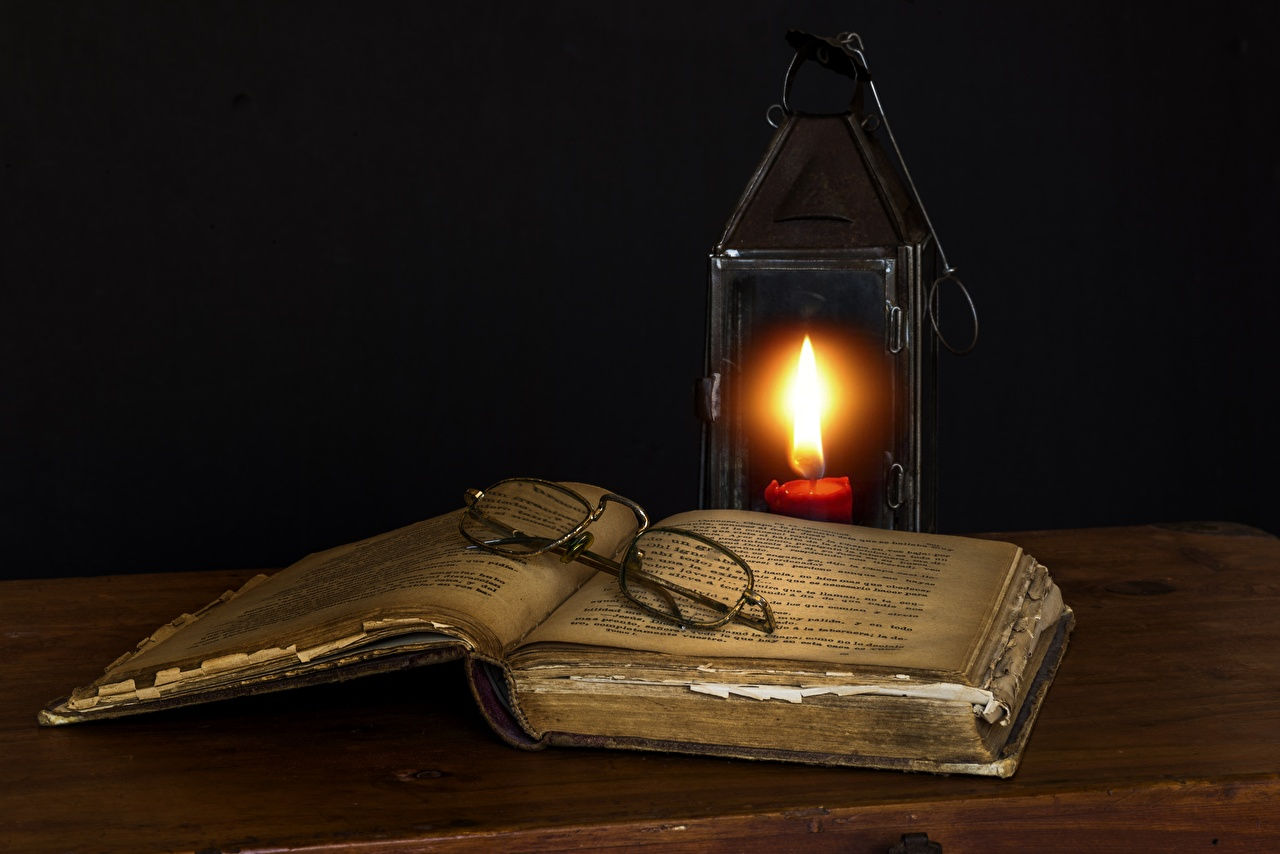Writing Dust Bunnies From Hell
- J.E. Erickson
- 3 days ago
- 5 min read
October is my favorite month. I get antsy for it every year. It’s more than just an affection for Halloween, though. I love autumn in general. As a child, I loved the first days of school. When I was a teen, escaping to the dark corners of my quiet, rural swamp village to smoke Marlboro 100s while reading fantasy novels and histories of witchcraft and black magic made up for my lack of friends. (I was a weird kid. Still am.) Being stationed in the South Pacific's unyielding heat only gave me two autumns in four years (I fucking ADORE Japan), which made spending my college years walking/drinking/reading/everything on the bluffs of the Minnesota River that much more meaningful.
Late autumn to late spring is when the demons and goblins in my brain decide they want me to be a more productive writer, even if that means not publishing anything. So, I’m a big fan of autumn. The fragrance of decaying leaves. Bonfires. Deer hunting (which I don’t much do anymore). Baking all day. The steady rain of leaves. Cheaper utility bills. Holiday themed horror movies. Sleeping with the windows open and under a mountain of blankets. Burning smelly candles. Hoodies and sweaters (Oh, I’m an absolute slut for hoodies.) Hockey. Bowls of high-calories soup. The ominous purple clouds of approaching cold fronts. Trying to convince people that TV horror has been on a decline since season 1 of True Detective.
Something about transitioning from hot to cold weather, to dimmer sunshine and somehow darker nights, opens creative floodgates in my brain. My summers are typically overlooked because I have blinders for autumn and want it to get here as quickly as possible. I love it so much I got married on Halloween and said my vows over a second-edition version of Frankenstein.
Big fan.
Dust Bunnies?
I don’t remember where I got the title Dust Bunnies From Hell, but I remember writing the first iteration of the story around 1993. If memory serves, it was pretty much a complete theft of Gremlins re-skinned as Critters. A group of teens interrupted a ritual in an abandoned bicycle repair shop’s garage just as the summoning of the demon Legion reached its apex. One of the teens kicked dirt and general floor yuck into summoners’ bloody pentagram, but instead of preventing the summoning, it gave the demon its earthly form—a dust bunny.
Why a dust bunny? I thought it’d be funny. Humor and gore were kind of my thing then.
Anyway, after the demon worshipers escaped/got eaten by Satanic dust bunnies, our heroes returned to the scene to find a very Gizmo-like dust bunny who had been rejected from the rest. A lonely demon who found unlikely friends in a group of teenagers.
Then there were some middle bits.
Our friendly dust bunny eventually sacrificed itself to save its friends, destroy its former demon master, and close the portal to Hell. The end.
Those of you versed in the absolute basics of writing and storytelling will know that “middle bits” section does a LOT of a story’s heavy lifting. Beginnings are great, ends are spectacular, but the middle portion is what earns the emotional payoff at the end. Writing the middle bits is my weakness now, just as it was then. It took me a long time to learn to let stories stew. I was always in a rush to get to the bits I loved the most that I'd overlook doing the actual work to earn the emotions I wanted people to feel. So, when they invariably sucked, I just gave up on them.
Thirty Years Later…
Dust Bunnies was originally planned as a short story to be published in one of the many wonderful magazines I don’t really read. I learned quickly that I’m not good at short stories. I’d rather be Robert Jordan than Anton Chekhov. On top of that, it’s honestly taken me this long to feel like I’ve matured enough as a writer to craft a decent story. Important things like theme, pacing, release of information, structure, motif, language, etc. weren’t exactly impressed upon the students in my rural, pre-internet era high school. The students in my senior year English class didn’t even know what nouns and verbs were, if that gives you an idea of our quality of education and the amount of interest the students had in it.
The most important thing I think an aspiring writer such as myself can learn (because I will always aspire to be a writer, regardless of how many books I kick into the void) is patience. And if Dust Bunnies is about anything, it’s about patience.
Right from the beginning, Krista and Sadie are in an unspoken race to get home. They race to their apartment building, then race to their apartment door. Their impatience earns them added stress and abuse from their mother, who doesn’t have the time for their antics. Krista, a lonely teen smarter than everyone else, skips the sixth grade, which doesn’t earn her any friends, it makes her an object of derision. When she has a moment of patience in gym class, carefully aims her shot, and drills her bully in the face with a tennis ball. Even the level of diction I chose for Krista is higher than how she talks because A) it’s past tense and B) she’s impatient to grow up and escape a town filled with people who clearly don’t have the patience to deal with her or her sister.
The demons are summoned because Krista can’t wait to show up Sadie, even though she has a book with all the answers that she’s taking her time to read. Their harebrained plan to find and collect the demon dust bunny ends in a race to survive a massacre within their own apartment building.
It’s all about patience.
Consider when patience pays off. When Krista’s bully comes into the video store to insult her, the girl’s mother takes her aside and both defends Krista and uses it as a teaching moment to improve her daughter’s behavior. Whether or not it works is left ambiguous because patience effectively removes the bully from Krista’s life, which, in retrospect, reads more like an incomplete subplot than anything deeper—one of two writing failures in the book that I can only shake my head at. Impatience might be the trigger to Sadie’s outburst that reveals why she’s so overbearing to Krista, but it’s patience that brings them back together in the laundry room. Patience in the apartment building’s maintenance garage arms them with the weapons they need to defeat the demons. Patience helps Krista unlock the door to the roof, perform the necessary ritual to contain the demon, and brings the sisters together in the end.
Maybe 20 people have read Dust Bunnies From Hell. 30 at the most. Thirty years ago, this would’ve had my creative brain curled into a sniveling ball on the floor. Hell, ten years ago, it might have. Today, regardless of how many people read or don't read it I’m pretty satisfied with the story. I'd even go so far as to say I'm proud of it. I would only change one or two details. Definitely the historically inaccurate one.
Writing—storytelling—is about patience. This isn’t some kind of universal fact or tidbit of empirical wisdom, because writing is also a deeply subjective experience. For me, writing is an exercise in practicing patience, which is hypocritical of me to say considering Dust Bunnies took most of my life but I wrote Hot Demon Bitches Near You in less than a week, and that one is a more entertaining story (if you like blood, guts, and ham-handed sociopolitical metaphors). At least I’m consistently inconsistent. It’s why I chose to be stationed in some humid hellscape paradise like Guam for four years when the PNW and its sexy as fuck, almost autumnal, weather was sitting right there.
Anyway, this is long. Read more books. I might re-read this one and get all gloomy and nostalgic while autumn is still a season here.




Comments